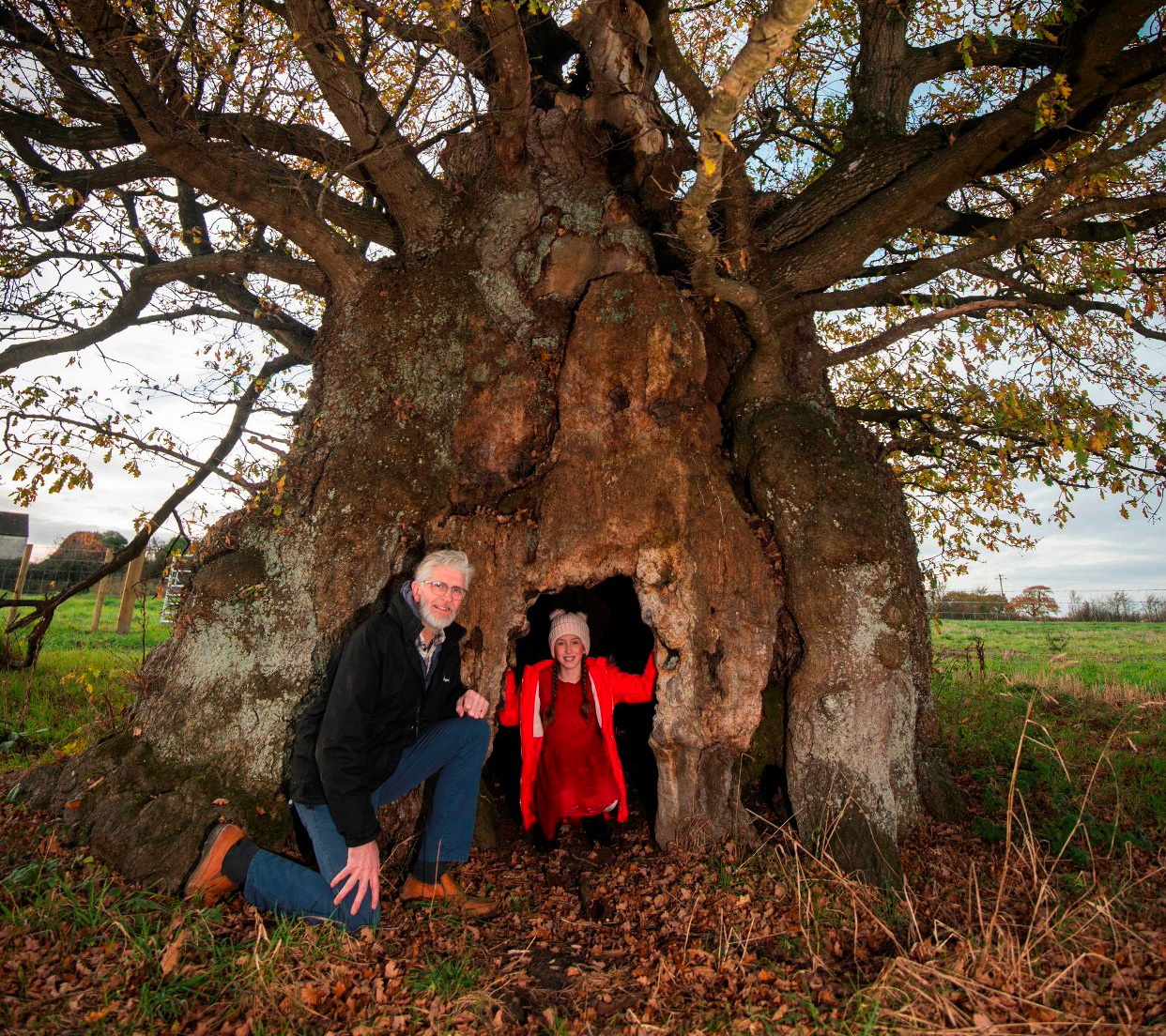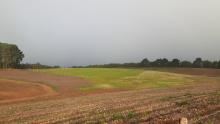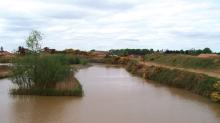
Guy Woodford offers two uplifting environmentally friendly tales from the UK quarrying sector.
One of the largest and oldest oak trees in Britain has been spared a risky makeover by the action of
Electricity company Western Power Distribution was due to undertake a major pruning and cutting of the canopy to release the power lines that run through the top of the tree. Quarry manager, Frank Hogg, realising the importance of this majestic tree, contacted the tree protection officer at South Gloucestershire Council and discussions have started to find an alternative solution.
“This tree is part of our heritage and should be preserved for future generations. My granddaughter, Edith, now eight years old, first saw the tree about three years ago. She was fascinated by it and would run in and out of the big hole at the base, imagining fairies living in there,” said Hogg.
During the last century the tree has suffered some fairly severe treatment. The electricity lines were laid in 1938 when the landowners tried to burn it down and in the 1970s it was severely cut back, once again to accommodate the power lines.
Jim Mullholland, training and technical officer for the Ancient Tree Forum, said: “Trees such as this one are part of our natural heritage and provide a living link to our past. It is clearly a nationally valuable tree, and needs to be cherished and protected. It may have been lost if it wasn’t for the good work of Frank, who recognised its importance and sought to protect it.”
Remaining in the UK,
Extraction of sand and gravel started at the site in early 2011, having previously been non-operational since the early 1980s, with the site finally closing in December 2016.
Simon Wiltshire, biodiversity and restoration advisor at Aggregate Industries, said: “Having started restoration works immediately after closure of the site, we were able to deliver our restoration scheme, which was developed in consultation with the Royal Society for the Protection of Birds (RSPB) and the local community, in a short timeframe. We are proud of the habitat we have created, which includes an area of broadleaf woodland, a species-rich meadow lined by hedgerows and large areas of heath connecting with the wider landscape.”
The biodiversity project initially involved moving and spreading large volumes of overburden and material to create the final land form, followed by the spreading of indigenous soils. The meadow was sown with a grass and wild flower seed mix in May 2017, with many species flowering that summer, followed by sheep grazing in the autumn.
Wiltshire added: “It is always a top priority for us to protect the local wildlife, which is why we have been working with the RSPB for a long time. This has included monitoring populations of rare heathland birds, such as nightjars, and dormice that were present prior to the quarry becoming operational again, to ensure they were protected.
“We have also worked with a partnership of local conservation groups to design and build a large horseshoe bat hibernacula, which is a winter hibernation chamber, to support the areas greater and lesser horseshoe bats, which are two of the UK’s rarest species.”
Additional restoration works on site included building approximately 2km of fencing to facilitate several pony grazing areas on the heathland, as well as planting 600m of hedgerow and 1,600 woodland trees.
In order to ensure the future maintenance of the site, timber from a block of mature conifers which were originally removed as part of the operational quarry development, have been used to build a new office and volunteer accommodation for the local RSPB team.
The 30 hectare site is in close proximity to the East Devon Pebblebed Heaths site of special scientific interest (SSSI), a special area of conservation (SAC) and a special protection area (SPA), as well as being adjacent to a RSPB nature reserve.










